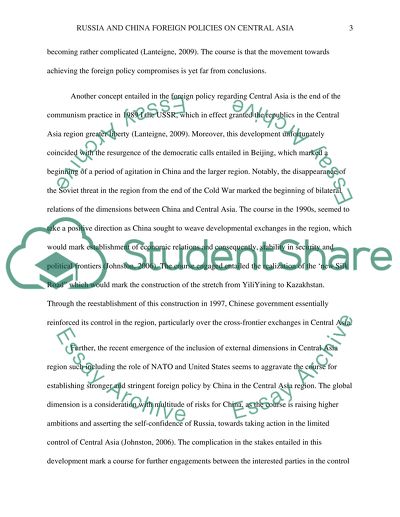Cite this document
(“Russia and China Foreign Policies on Central Asia Research Paper”, n.d.)
Retrieved from https://studentshare.org/social-science/1689841-russia-and-china-foreign-policies-on-central-asia
Retrieved from https://studentshare.org/social-science/1689841-russia-and-china-foreign-policies-on-central-asia
(Russia and China Foreign Policies on Central Asia Research Paper)
https://studentshare.org/social-science/1689841-russia-and-china-foreign-policies-on-central-asia.
https://studentshare.org/social-science/1689841-russia-and-china-foreign-policies-on-central-asia.
“Russia and China Foreign Policies on Central Asia Research Paper”, n.d. https://studentshare.org/social-science/1689841-russia-and-china-foreign-policies-on-central-asia.


